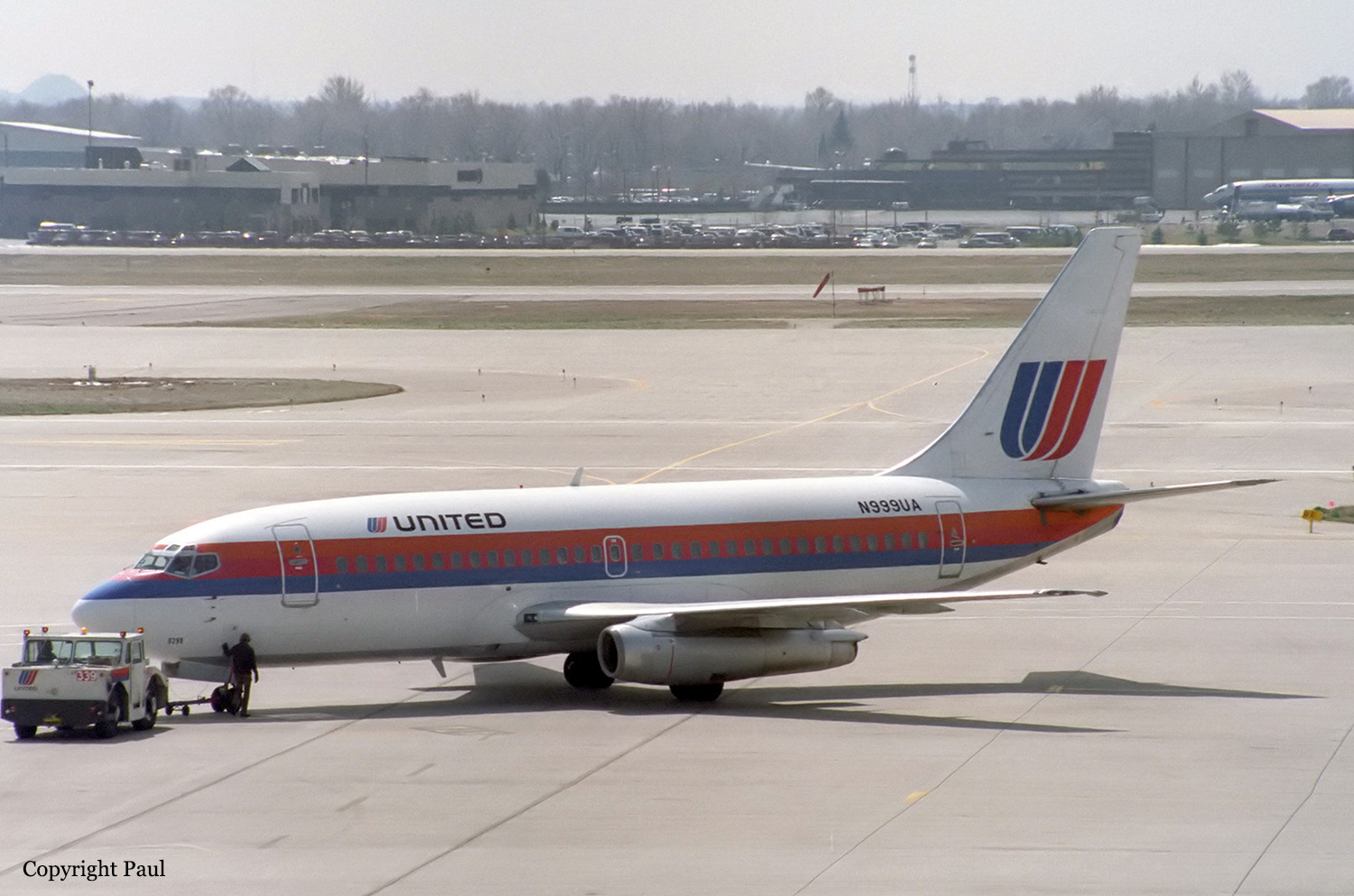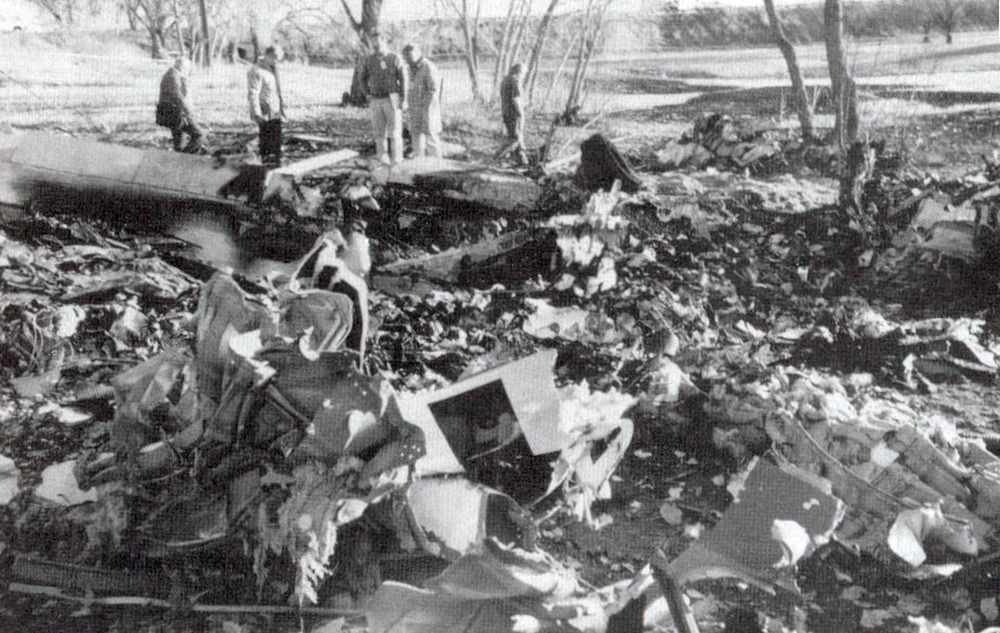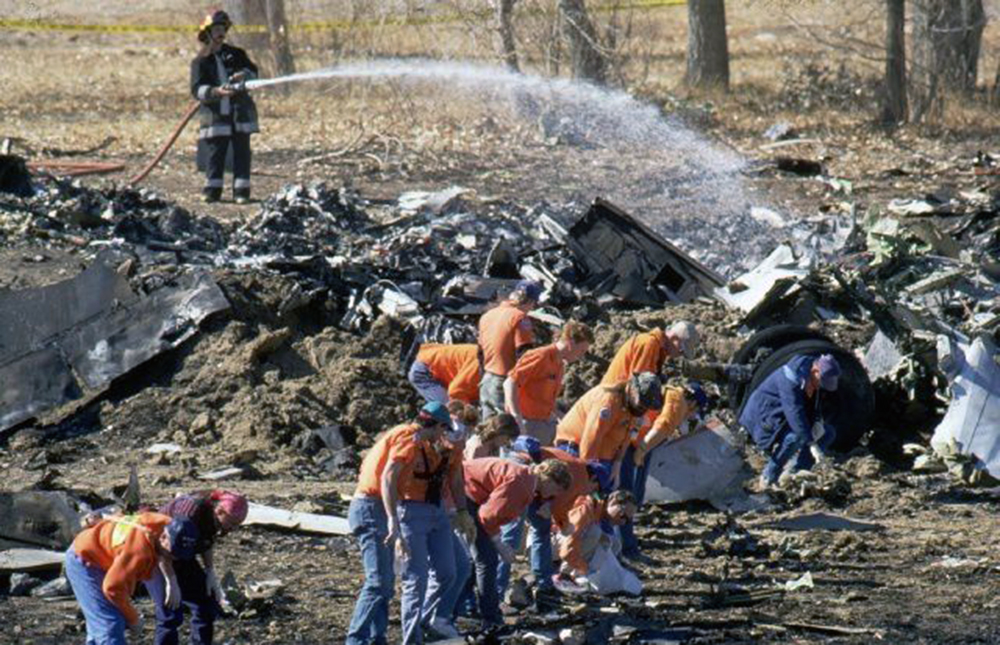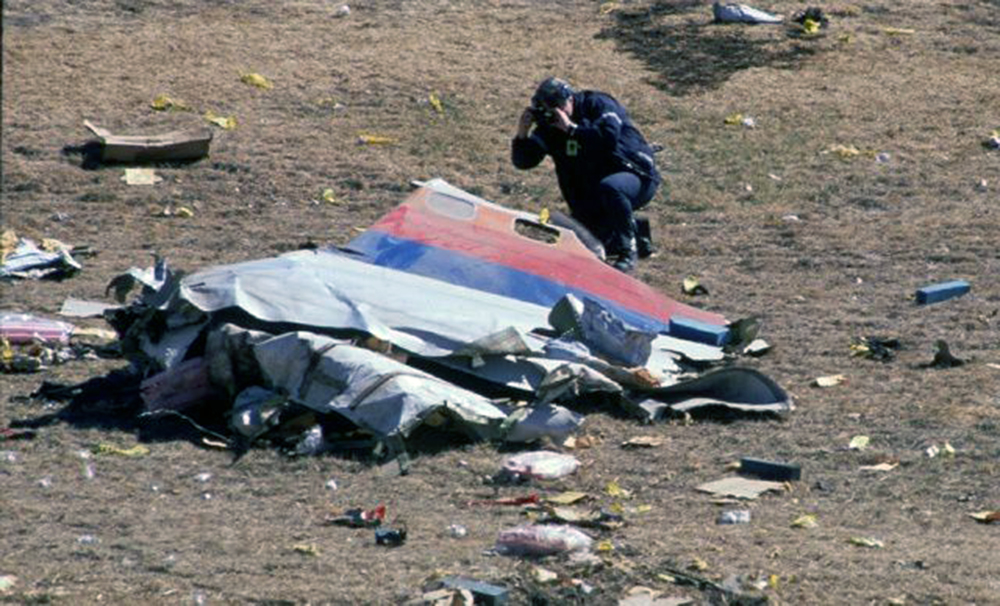Crash of a Swearingen SA26T Merlin II in Glenwood Springs
Date & Time:
Feb 13, 1992 at 2055 LT
Registration:
N26JB
Survivors:
Yes
Schedule:
Grand Junction - Denver
MSN:
T26-163
YOM:
1969
Crew on board:
1
Crew fatalities:
Pax on board:
4
Pax fatalities:
Other fatalities:
Total fatalities:
0
Captain / Total hours on type:
750.00
Aircraft flight hours:
3988
Circumstances:
The pilot of the air ambulance feathered the right propeller after reporting 'a bit of a problem' with the right engine. He attempted to divert to the nearest suitable airport, but after receiving its latest weather report, elected to return to base. The airplane made a left turn, reentered IMC, and impacted a mountainside on a magnetic heading of 092°. The heading to the airport of intended landing was 272°. The accident occurred during a snowstorm at night. All five occupants survived and were rescued the following afternoon. Thick grease on the right engine fuel control camshaft prevented a spring from returning the 3d cam to a lower altitude position. The cam was found struck on the shaft at a position equating to an altitude of approximately 15,000 feet. The fuel flow schedule for flight idle was below specifications. In addition, shroud material was found delaminated from the left engine second stage compressor housing.
Probable cause:
Malfunction of the right engine fuel control that caused the engine to flame out, and delamination of the left engine compressor shroud. Factors were: the pilot became disoriented, the mountainous terrain, the dark night, and the weather conditions.
Final Report:







